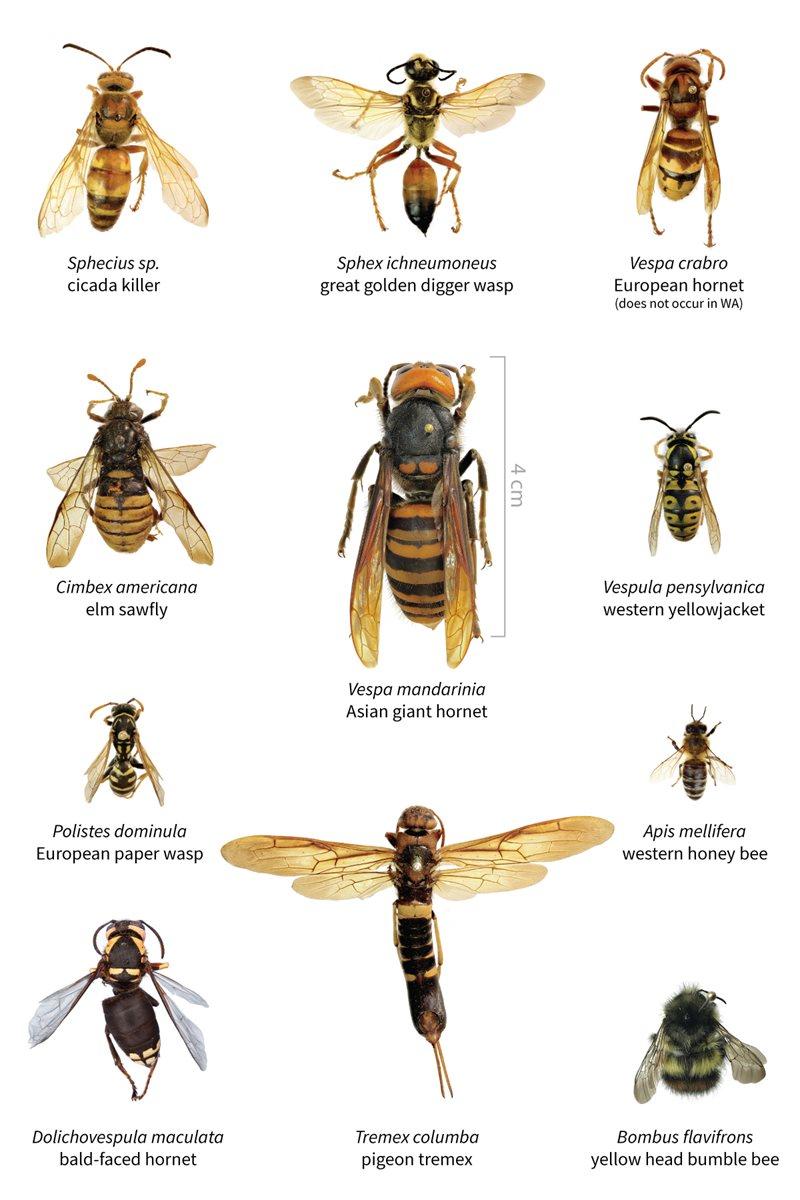How Murder Hornets Made Their Way Into the U.S. — And What It Means for Us
Updated May 28 2020, 12:15 p.m. ET
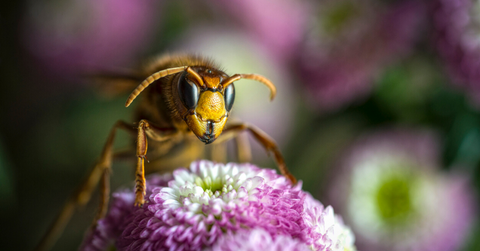
You’ve likely heard the term “murder hornets” in the news lately, and it’s certainly the kind of phrase that catches people’s attention. These insects were never found in the United States before late 2019, when they were found and identified in Washington state.
Here’s everything you need to know about murder hornets, their appearance in the states, and what it means for people living in the U.S.
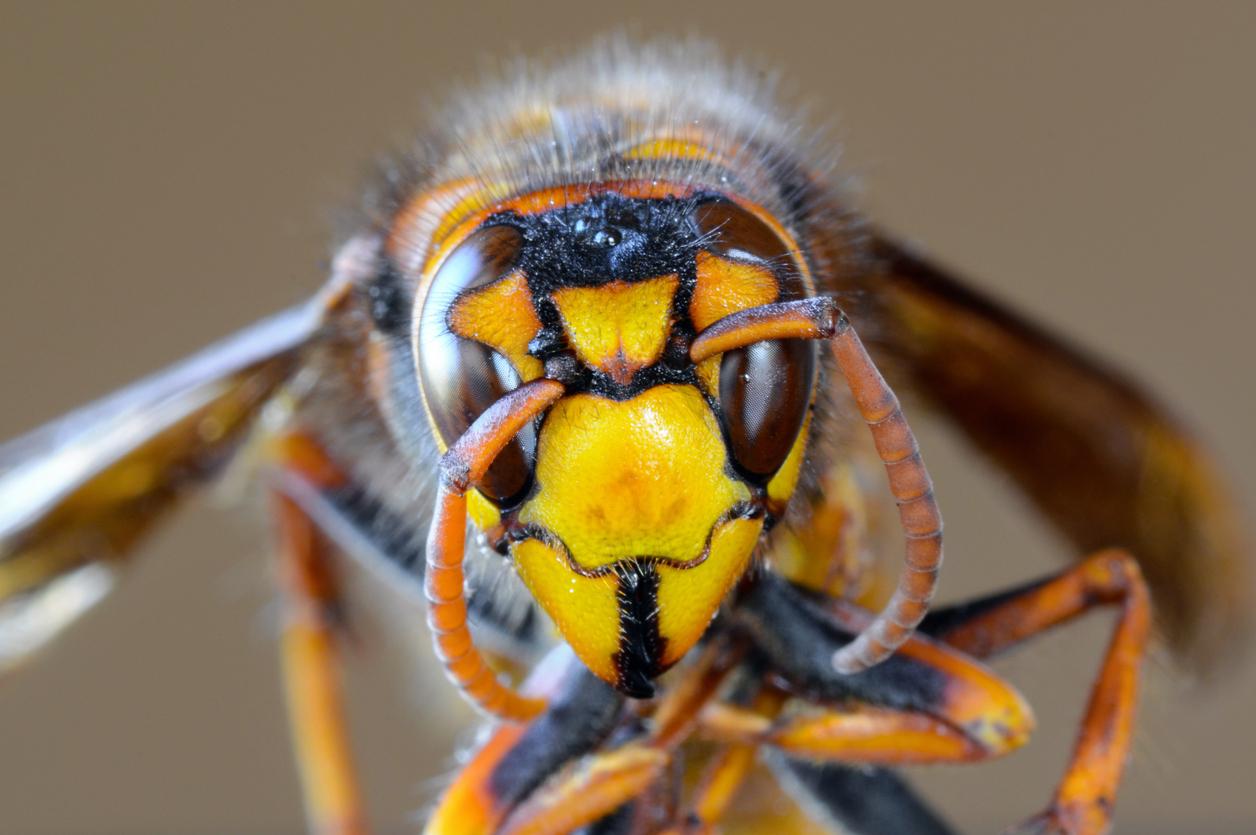
What are murder hornets?
Let’s take a closer look at what murder hornets actually are. As you may have guessed, “murder hornet” is a nickname and not their actual species.
They are Asian giant hornets — or Vespa mandarinia — that grow to be about two inches in length. Scientists and specialists aren’t thrilled that they’ve become better known by a fear-inducing title.
The insects are said to look almost cartoonish in nature. And according to National Geographic, they’re the largest wasps in the world.
Apart from their size, they’re identified by their prominent eyes, distinct yellow-orange head, orange or yellow and black body markings, and long stingers. The stingers don’t break off after they’ve stung.
In terms of where they got their nickname, it’s based on the fact that Washington State University experts say that they have a sting that can kill humans if stung multiple times.
So how did murder hornets get to the U.S.?
This is the million dollar question, for good reason. Nobody knows for sure, but likely, they were shipped over unknowingly.
“Most likely, a single, fertile queen hornet entered Canada via shipping packaging and created the colony that was discovered in 2019." according to entomologist Akito Kawahara. "It's easy for invasive species to travel this way. More than 19,000 cargo containers arrive daily at U.S. ports, and inspectors can only do random searches of shipping containers."
He continues, “One estimate suggests that just 2 percent of shipments are searched for evidence of harmful organisms such as plant pests. Many invasive species are intercepted, but some do get through.”
One complete murder hornet hive was found and destroyed in late 2019 in Nanaimo, Canada, National Geographic shares. Genetic tests has since suggested that those hornets were introduced separately than the ones found in the U.S.
So far, only two have been sighted.
It’s important to note that these insects aren’t flying all over at this point; in fact, only two murder hornets have been sighted so far, both in the same area in Washington state.
Still, this suggests there’s a colony nearby, and the goal is to find and destroy it before they recolonize.
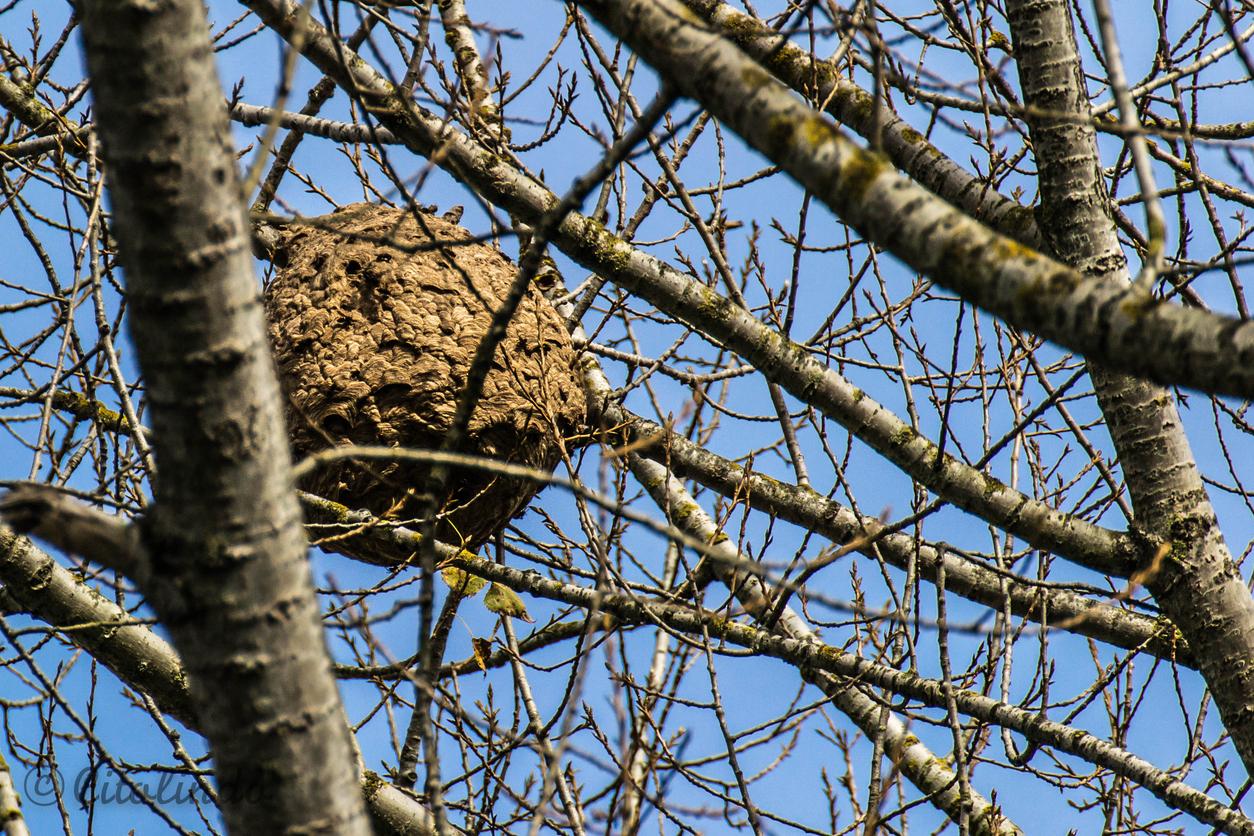
Are murder hornets really dangerous?
Yes, murder hornets can be dangerous in a number of ways, and that’s why it’s important to have the facts.
As mentioned, multiple stings can be lethal, and have been responsible for the deaths of about 50 people a year in Japan, CBS News reports.
But that’s not the only reason they pose a threat here in the U.S. They’re also damaging the already at-risk honeybee population. Bees play an important role in plant reproduction and overall environmental wellness.
Their population is on a steady decline, and cause for huge concern before the were threatened by murder hornets.
“They attack honey bee hives, killing adult bees and devouring bee larvae and pupae, while aggressively defending the occupied colony,” says Scott Truscott of Washington State University’s College of Agricultural, Human and Natural Resource Sciences.
“Their stings are big and painful, with a potent neurotoxin. Multiple stings can kill humans, even if they are not allergic,” he adds.
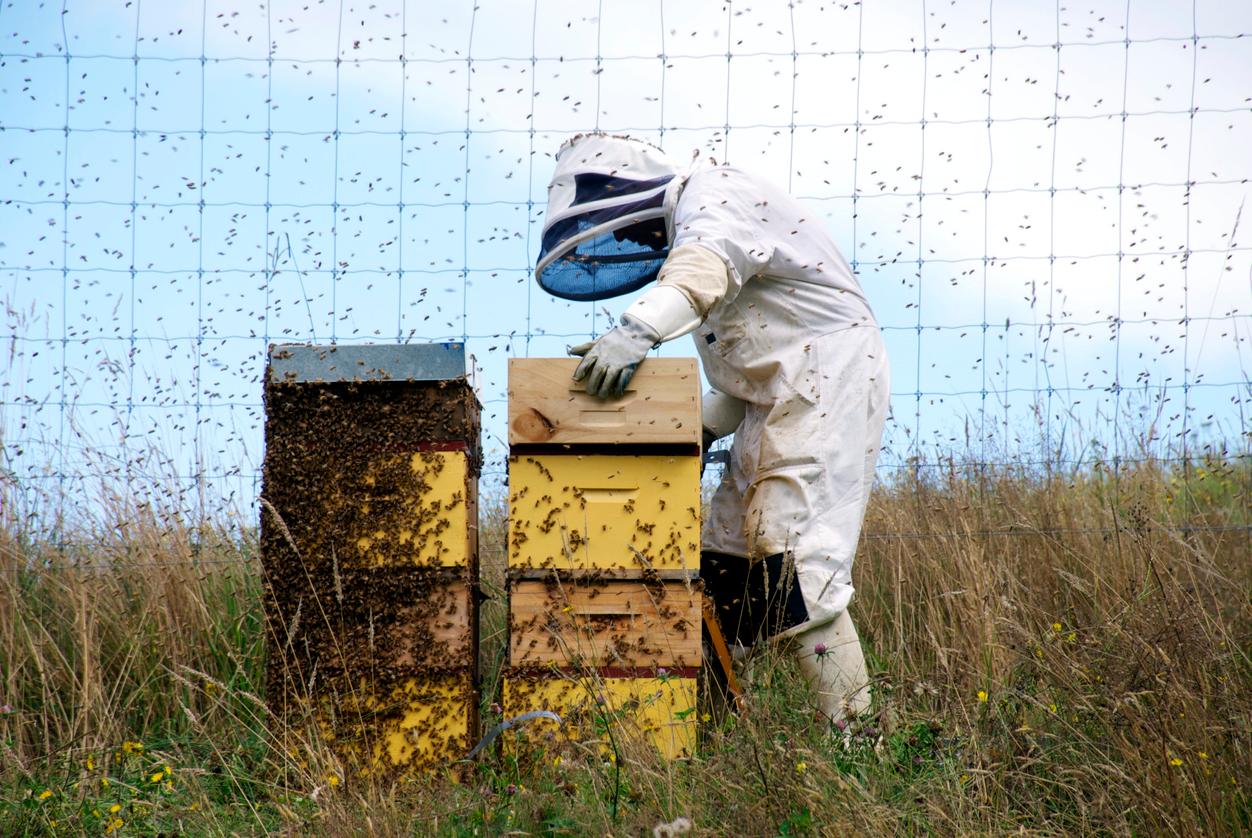
Here’s what to do if you see one:
This might go without saying, but leave it alone.
As Kawahara put it, “Like any other social wasp, they will defend their nest if the colony is disrupted. But in most cases they will not do anything if people aren't aggressive toward them.”
Be most alert in late summer and fall, when they are most active. Every sighting should be reported to the Washington state agricultural officials, who are diligently tracking the murder hornets’ arrival and presence here in the U.S., CNN reports.
They’re hoping to eradicate the species quickly, which British Columbia did successfully.
The public is urged to call the experts — and not just because of their sting. Washington state scientists are wearing custom, reinforced beekeepers’ suits to handle each case, because murder hornets' stingers can penetrate normal beekeeper suits.
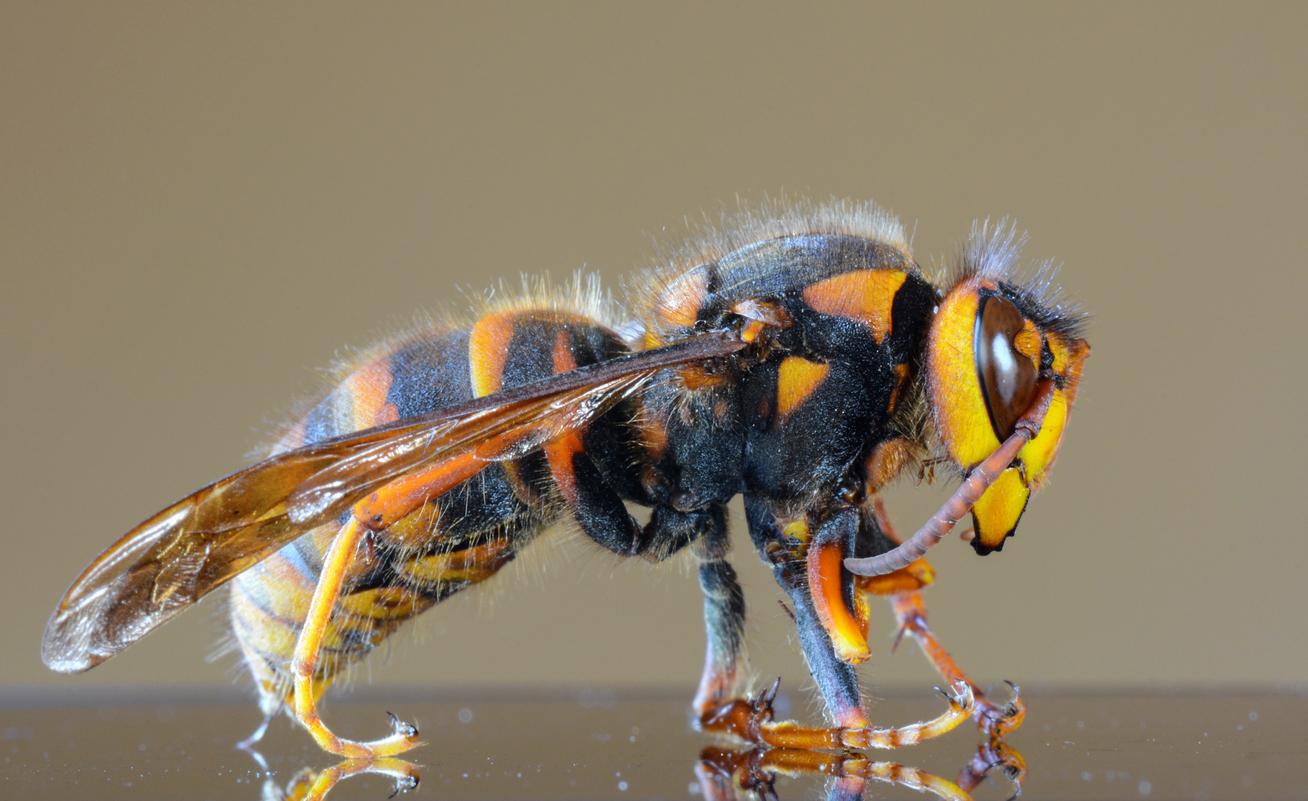
Be aware — but not overly fearful.
It’s important to have the facts, but not be ruled by fear. Sure, there are plenty of memes out there about the pandemics and killer insects that 2020 has unleashed on us.
While not entirely untrue, very few Asian giant hornets have been found here in the states, and the situation is being handled with great care.
